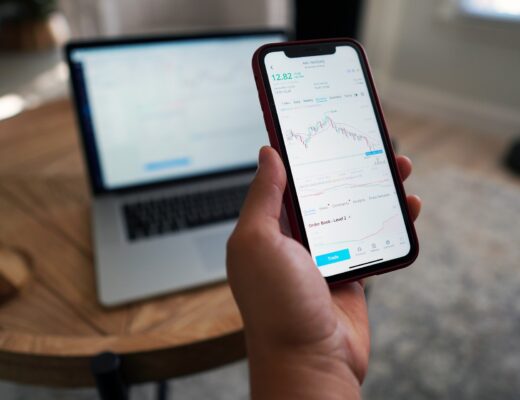Contract for difference: CFD history
The Contract for difference or CFD is a contract between buyer and seller, which implies that if the difference in price between the asset prices at the opening and closing of sales is positive, it will be paid by the seller. If the difference is negative, it will be compensated by the buyer. The CFD allows for transactions based on price fluctuations without actually purchasing the asset for which the contract is concluded.
The instrument began to be used in the 1990s in London. At first, it could not be used by retail traders and hedge funds. A few years later, CFDs began to be used by private investors, and the first company to allow this was Gerard and National Intercommodities from the UK. The boom in technology only increased the popularity of CFDs, and the firm made it possible to use CFDs in its trading platform.
The advantage of CFD for private investors was that the transactions in this case were exempt from taxes. In addition, the instrument was not subject to the rules on margin leverage. The contract allowed trading on the London Stock Exchange, without having direct access to the platform.
Now CFD accounts for 25% of all securities transactions in the UK. However, this instrument is also common in other countries.
It is easier to understand its principle by example. So, an investor buys shares of Apple Corporation in the amount of 100 pieces, $100 for each. If the initial margin was 5%, he needs to have capital in his account of about $500, the commission for opening a position will be 0.1%.

By the close of trading, the shares rose in price to $103 per paper, and the trader decides to close the position by paying a commission of 0.1%. Counting all the figures, it turns out that the income from the transaction was 300 dollars, the commission for buying with CFD – 100 dollars and for selling – 103 dollars. It is necessary to pay 10 dollars for withdrawal of money. It means that the net profit is 77 dollars.
If, for example, the share price decreases by 1%, the broker informs the client that further opening of a position is impossible. If the position decreases by 33%, the client receives a margin call, which implies either closing the share of the position or replenishing the collateral. In any case, the client receives a loss.
The principles of work with CFD are similar to those of a futures contract, but this instrument has some differences. First of all, the contract is traded on the over-the-counter market, the value of the futures contract is fixed in the course of trading on the platform, and for CFD it is set by the broker.










